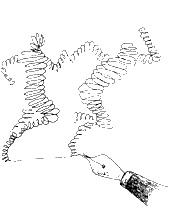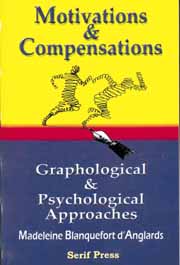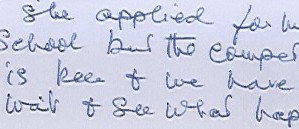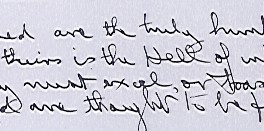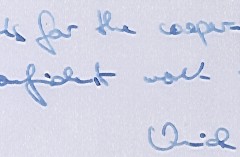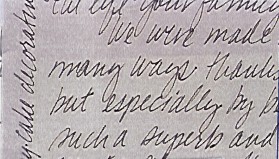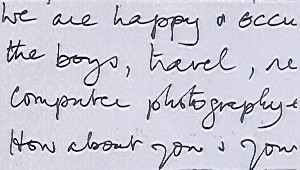|
|
« There is no favourable wind for those who do not know where they are going ».
These words are from Seneca, and can be applied to each one of us. Therefore
to know oneself and to know what we want to be and to do are the essential aims for any human
being. To know our capacities, and the why of our choices gives us strength and confidence, and enable us to grow.
What makes us unique?
What are the dynamics which make one invest his energy in a specific direction or project, with the hope of enabling him to realize his own individual self and have faith in this self and in life? Is it a wish for security, for wealth and power, for a challenging conquest, for discovery, or reaching childhood dreams, create affective bonds, have human and social aspirations for power or prestige? Does it entail a fear of the outside world, of people’s demands and authority, the desire to put on a mask to protect oneself or even to build a wall of defense?
Motivation is a key word nowadays, which covers the notions of needs, interests, striving, drives and motives. This approach, which enables a synthesis, is positive and humanistic. It has emerged as a result of my professional work as a consultant for firms and head-hunters, in determining personnality strengths and weeknesses for a definite job. It shows how different personalities are motivated, what triggers, maintains and organizes the force towards the object-goal, which brings them satisfaction, eventually self-fulfilment, and helps their integration in their environment or in the firm.
Handwriting is individualistic, just as each scriptor is unique, for each ego has his own story, his emotional past, and his own ideas and dreams about his life and future. Handwriting has been said to be brain-writing; it is also «
soul-writing » , and thus an expression of the whole personality of a scriptor and a reflection of both the past and of present life, and it will show evolutions throughout our
lives.
Handwriting expresses a synthesis of gestures, nothing in handwriting means anything by
itself. The writer draws his individual style of behaviour and communication
as the mime-artist. The parallel with the mime-show is immediate, the mime telling his story with gestures and facial expressions. As the mime-artist chooses his
movements, emphasizes some and limits others, so the writer adds to the model he learned
(the copy book ), or suppresses, or refrains, giving information about his
progress, drives, self-preservation, confidence, authenticity, submission and so on.
We know that the gesture is a modality of movement. By its strength, its rhythm and the forms thus created in the handwriting, it expresses a more or less avid
need, degree of motivation, optimism, natural or forced dynamism, broad scope or restriction, control,
preservation. We can name a few motivation-gestures such as: exploration, acquisition, accumulation; construction or
constraint, fear or obstruction. The mime-scriptor ( the writer) can show off, discipline
himself, hide or flee. He draws on the paper his individual quest of the
object: his material and social desires, his values, his ideals. Again with more or less
enthusiasm, self involvement, greed, caution, inhibition and so on. With more or less
will-power, organization, suppleness and so on.
Yet we are not always aware of the roots of our desires, less so of our
disatisfactions, dependancies and so felt deficiencies which may slacken the pace. This is where compensation comes in.
Compensation means nowadays repairing and restoring balance, whether it be of an imagined or real inferiority or sense that something is
missing. For both motivation and compensation, what counts is the driving power generated and its direction towards or against the
object. What distinguishes them is the origin of the energy, one being more natural and the other triggered by
inferiority, which influences the energy’s intensity, coherence, quality and its
duration.
Why not try to « visualize » in the handwriting the main tendancies expressed and make the most of
them? boost them or channel the energy towards a definite goal? Does the handwriting show stress, static frustration or coping
capacities? Is it a rigid shield? is it coherent? Is it spontaneous?
fabricated? Clarifying the possible questions on a handwriting helps to give insight on the writer and to the writer himself as a whole functioning unit. The selected graphic samples ( more than 215 samples in various
languages) will tend to include one or several dominant traits related to the point under discussion, but obviously not to the exclusion of other possible
deductions.
This vast subject of Motivations and Compensations should be of interest to all those concerned with human sciences, with the identification of the forces which aim at
personal growth, at building a satisfying self image, at restoring a feeling of well-being in everyday life as well as in professional life; and obviously to the persons in charge of
assessing and hiring personel and communication and to managers who want to stimulate their personel by meeting their expectations.
|
